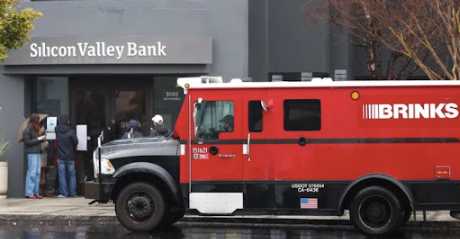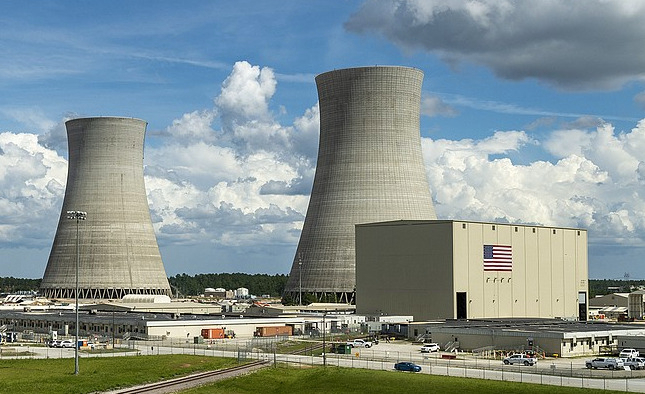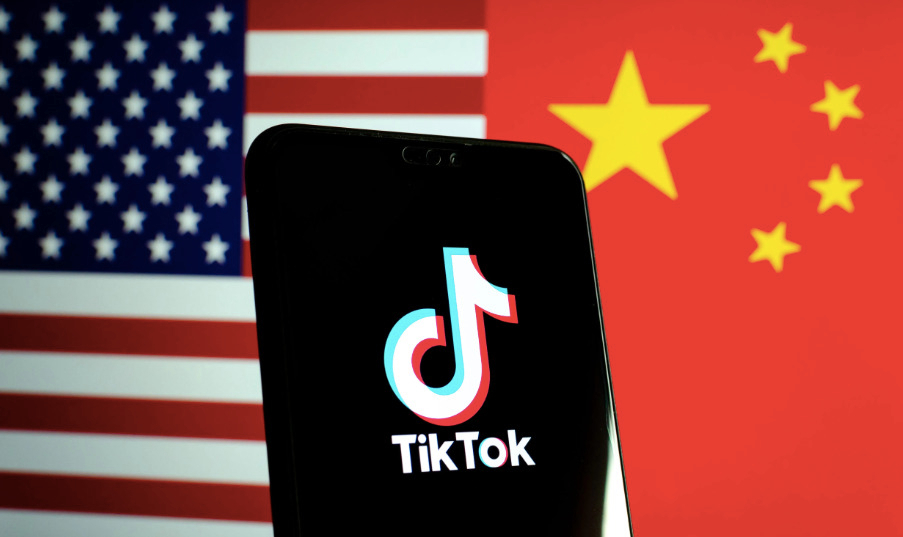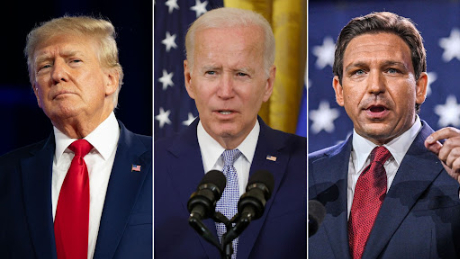Behind the Silicon Valley Bank collapse

Image: Getty
On Friday, US regulators shut down Silicon Valley Bank (SVB), the 16th-largest bank in the country, after a historic bank run the previous day left it completely insolvent. It represents the second-largest failure of a financial institution in American history, following the collapse of Washington Mutual in 2008.
⏪ Let’s start at the beginning: In early 2020, SVB started buying large amounts of longer-term, government-backed mortgage securities. Its portfolio rose from $27 billion in Q1 of 2020, to $128 billion by the end of 2021.
- These securities carry virtually no risk of defaulting, since they’re backed by the government. They pay out a fixed interest rate for years (sometimes decades), though the initial investment remains inaccessible over that time period.
But since the Federal Reserve’s recent spate of interest-rate hikes began after SVB purchased those securities, the assets are currently worth less on the open market than what SVB initially paid for them – with potential buyers able to find better (aka higher) rates elsewhere.
📉 That isn’t necessarily a problem… unless the bank gets into a pinch and needs to suddenly sell the securities to access capital – which is exactly what happened last Wednesday. After SVB saw a larger-than-expected decline in customer deposits over the past year, the bank was forced to sell a bundle of securities at a post-tax loss of ~$1.8 billion, along with announcing $2+ billion in new funding to shore up its capital reserves.
The announcement caused SVB’s stock price to drop 60+% the following day. This prompted several large VC firms to advise their companies to withdraw deposits from SVB, leading to the largest bank run in modern US history. The bank counted nearly half of all VC-backed US companies as customers.
- On Thursday, SVB’s customers ran ran ran faster than the gingerbread man to try and withdraw $42 billion of deposits – about a quarter of the bank’s overall total, and $25+ billion more than the second-largest bank run in the modern era (Washington Mutual).
- By noon on Friday, SVB was completely insolvent.
🗣️ Also worth mentioning: Under federal law, banks with at least $250 billion in deposits are required to run stress tests to see how they would perform under different hypothetical crises, such as higher interest rates combined with shrinking deposits, but “smaller” banks like SVB don’t. Plus, SVB reportedly didn’t have a Chief Risk Officer for the eight months leading up to last week’s collapse.
🤔 What happens next?... On Sunday, US regulators announced an emergency measure that will make all individuals and companies with an account at SVB whole by this morning – regardless of whether their funds were insured by the FDIC under its $250,000-per-account guarantee.
Had they not, regulators would have begun to sell off SVB’s assets to pay back uninsured depositors. But the payments likely wouldn’t have come soon enough to avoid paycheck delays for many of the estimated 100,000+ employees whose companies banked at SVB.
📊 Flash poll: Do you agree with US regulators’ decision to fully backstop all client deposits at the now-defunct Silicon Valley Bank?
See a 360° view of what media pundits are saying →

Sprinkles from the Left
- Some commentators argue that SVB’s failure is basically business as usual in the banking sector, but US regulators should work to ensure that they don’t end up impacting the average American consumer.
- Others contend that what happened to SVB probably wouldn’t have occurred at any other institution, due to SVB’s unique eggs-in-one-basket approach when it comes to startups.
- “SVB’s Demise Isn’t a Regulatory Failure” –Bloomberg Editorial Board
- “How one bank’s collapse reflects a broader anxiety in Silicon Valley” –Adam Lashinsky, WaPo
- “How to Understand the Problems at Silicon Valley Bank” –Peter Coy, NY Times

Sprinkles from the Right
- Some commentators argue that the federal government moving to cover uninsured deposits at SVB is essentially a bailout – even if the Biden admin refuses to use those specific words – and continues a trend of taxpayers footing the bill for corporate mismanagement.
- Others contend that SVB failed due to a combination of several different factors, and that other major players in the banking industry are highly unlikely to collapse due to those same circumstances.
- “The Silicon Valley Bank Bailout” –WSJ Editorial Board
- “The Real Reason Silicon Valley Bank Collapsed” –David L. Bahnsen, National Review
- “Collapse of Silicon Valley Bank may not cause a crisis, but Main Street will feel the pain” –Charles Gasparino, NY Post
Share this!
Recent Discussion stories

Discussion
| March 10, 2023America’s nuclear option
🏭⚡ This week, a Georgia utility company said it achieved self-sustaining fission in one of its new nuclear reactors, marking a key step towards commercial operation of the first new reactor built within the US in nearly three decades.

Discussion
| March 8, 2023Tick, tock…
🏛️📱 The doomsday clock keeps ticking closer to midnight for TikTok. A bipartisan group of 12 senators introduced a bill yesterday that would allow the executive branch to ban certain foreign-based technologies if they’re found to pose a threat to America’s national security.

Discussion
| March 6, 2023A way-too-early look at 2024
🔴🔵 We’re more than a year and a half away from the next presidential election. But 2024 is starting to come into focus, thanks to new polling data published in recent weeks.
You've made it this far...
Let's make our relationship official, no 💍 or elaborate proposal required. Learn and stay entertained, for free.👇
All of our news is 100% free and you can unsubscribe anytime; the quiz takes ~10 seconds to complete